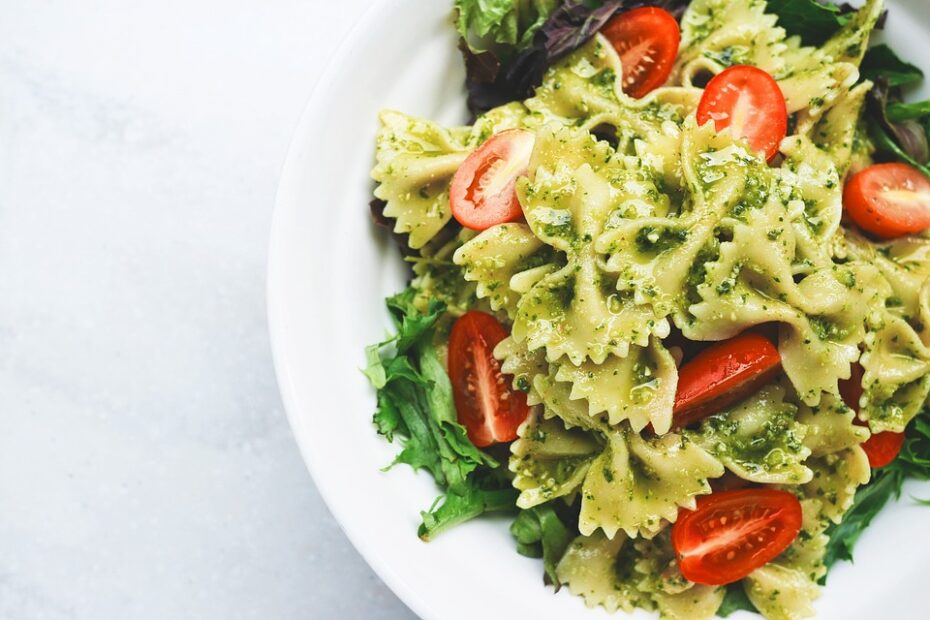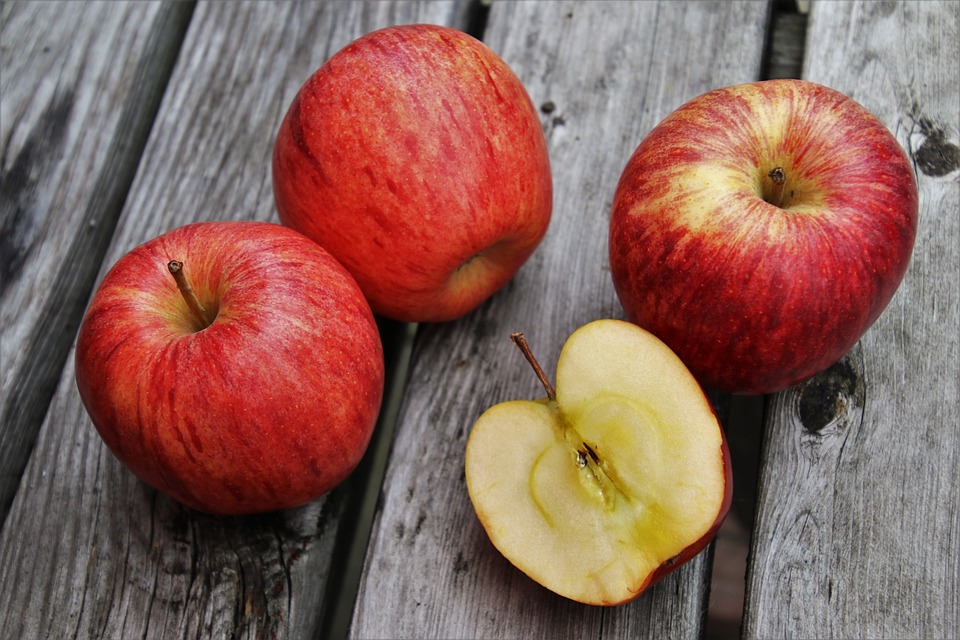gastric Bypass Eating Plan: A Comprehensive Guide
Embarking on the journey of gastric bypass surgery is a life-changing decision that requires dedication and commitment to a new way of eating. Following a proper gastric bypass eating plan is crucial for achieving long-term success and maintaining a healthy weight. In this article, we will delve into the intricacies of a gastric bypass eating plan, outlining key principles and guidelines to help you navigate this new chapter in your life.
Understanding the Gastric Bypass Procedure
Before delving into the specifics of a gastric bypass eating plan, it is important to understand the basics of the procedure itself. Gastric bypass surgery involves creating a smaller stomach pouch and rerouting the digestive system to bypass a portion of the small intestine. This results in reduced food intake and absorption of nutrients, leading to weight loss.
Following surgery, patients must adhere to a strict eating plan to ensure proper healing and long-term success. The gastric bypass eating plan typically consists of several stages, starting with a liquid diet and gradually progressing to solid foods. It is essential to follow the guidance of your healthcare team and nutritionist to ensure optimal results.
Key Principles of a Gastric Bypass Eating Plan
A successful gastric bypass eating plan is built on several key principles that promote healthy eating habits and sustainable weight loss. These principles include:
1. Portion control: Following gastric bypass surgery, your stomach will be significantly smaller, requiring you to eat smaller, more frequent meals. Portion control is essential to prevent overeating and ensure proper digestion.
2. Protein intake: Protein is crucial for healing and maintaining muscle mass after surgery. Incorporating lean protein sources such as chicken, fish, eggs, and tofu into your meals is essential for meeting your nutritional needs.
3. Healthy fats: While it is important to limit unhealthy fats such as saturated and trans fats, incorporating healthy fats like avocado, nuts, and olive oil into your diet can provide essential nutrients and promote satiety.
4. Fiber-rich foods: Fiber is essential for digestion and promoting a feeling of fullness. Including fiber-rich foods such as fruits, vegetables, whole grains, and legumes in your diet can help prevent constipation and regulate blood sugar levels.
5. Hydration: Staying hydrated is key to overall health and well-being, especially after gastric bypass surgery. Aim to drink plenty of water throughout the day and limit sugary beverages and carbonated drinks.
Sample Gastric Bypass Eating Plan
To give you a better idea of what a typical gastric bypass eating plan looks like, we have outlined a sample meal plan for a day:
– Breakfast: Greek yogurt with berries and almonds
– Snack: Protein shake or cottage cheese with fruit
– Lunch: Grilled chicken salad with mixed greens, vegetables, and vinaigrette dressing
– Snack: Hummus with carrot sticks or a small handful of nuts
– Dinner: Baked salmon with quinoa and roasted vegetables
– Snack: Sugar-free pudding or a piece of fruit
This sample meal plan emphasizes lean protein, fiber-rich foods, and healthy fats, providing a well-rounded and balanced approach to eating after gastric bypass surgery.
Tips for Success
Achieving success with a gastric bypass eating plan requires dedication, patience, and a willingness to make lasting changes to your lifestyle. Here are some tips to help you navigate this new chapter in your life:
1. Meal planning: Planning your meals ahead of time can help you stay on track and avoid making impulsive food choices. Stocking your kitchen with healthy, nutritious foods will make it easier to stick to your eating plan.
2. Mindful eating: Paying attention to your hunger cues and eating slowly can help prevent overeating and promote better digestion. Focus on savoring each bite and listening to your body’s signals of fullness.
3. Regular exercise: Incorporating regular physical activity into your routine is essential for maintaining weight loss and improving overall health. Aim for at least 30 minutes of moderate exercise Most days of the week.
4. Support system: Surrounding yourself with a supportive network of friends, family, and healthcare professionals can help you stay motivated and accountable on your weight loss journey. Consider joining a support group or working with a therapist to address any emotional challenges you may face.
5. Celebrate small victories: Recognize and celebrate your progress, no matter how small. Setting realistic goals and acknowledging your achievements along the way can boost your confidence and keep you motivated to continue on your path to success.
In conclusion, a gastric bypass eating plan is an essential component of achieving long-term success after surgery. By following key principles, incorporating healthy foods, and adopting a mindful approach to eating, you can create a sustainable and fulfilling way of nourishing your body and maintaining a healthy weight. Remember that everyone’s journey is unique, and it is important to listen to your body, seek support when needed, and stay committed to your goals.
Frequently Raised Concerns About Gastric Bypass Eating Plan
What is a Gastric Bypass Eating Plan?
A Gastric Bypass Eating Plan is a dietary plan specifically designed for individuals who have undergone gastric bypass surgery. This plan focuses on promoting weight loss, maintaining proper nutrition, and preventing complications post-surgery. It typically consists of small, frequent meals that are high in protein and low in fat and sugar.
– Focuses on weight loss
– Promotes proper nutrition
– Prevents complications post-surgery
How does a Gastric Bypass Eating Plan work?
A Gastric Bypass Eating Plan works by providing individuals with guidelines on what and how much to eat to support their weight loss goals and maintain nutritional balance. It typically includes recommendations on portion sizes, food choices, meal timing, and hydration. By following this plan, individuals can avoid overeating, prevent nutritional deficiencies, and support their overall health and well-being.
– Provides guidelines on what to eat
– Offers recommendations on portion sizes
– Supports weight loss goals
What foods should be included in a Gastric Bypass Eating Plan?
In a Gastric Bypass Eating Plan, it is important to include foods that are high in protein, low in fat and sugar, and easy to digest. This includes lean meats, poultry, fish, eggs, dairy products, fruits, vegetables, whole grains, and legumes. It is also essential to stay hydrated by drinking plenty of water throughout the day and to avoid high-calorie, low-nutrient foods such as processed snacks, sugary beverages, and fried foods.
– High in protein
– Low in fat and sugar
– Easy to digest
How can I create a Gastric Bypass Eating Plan tailored to my needs?
To create a personalized Gastric Bypass Eating Plan, it is recommended to consult with a registered dietitian or healthcare provider who specializes in Bariatric surgery. They can assess your individual dietary needs, preferences, and health goals to develop a plan that is tailored to your specific requirements. Additionally, keeping a food journal, tracking your progress, and adjusting your plan as needed can help you stay on track and achieve long-term success.
– Consult with a registered dietitian
– Assess individual dietary needs
– Keep a food journal
What are the benefits of following a Gastric Bypass Eating Plan?
Following a Gastric Bypass Eating Plan can lead to numerous benefits, including weight loss, improved nutrition, enhanced energy levels, reduced risk of complications, and better overall health and well-being. By adhering to a structured eating plan, individuals can establish healthy eating habits, maintain a balanced diet, and support their long-term success in managing their weight and health post-gastric bypass surgery.
– Weight loss
– Improved nutrition
– Enhanced energy levels
1. Gastric Bypass Eating Plan is a quick fix for weight loss
One common Misconception about Gastric Bypass Eating Plan is that it is a quick fix for weight loss. In reality, it is a long-term commitment that requires changing one’s eating habits and lifestyle.
2. Gastric Bypass Eating Plan means you can eat whatever you want in small amounts
Another misconception is that once you have undergone gastric bypass surgery, you can eat whatever you want in small amounts. However, it is important to follow a specific eating plan to ensure proper nutrition and weight management.
3. Gastric Bypass Eating Plan is only for severely obese individuals
Some people believe that Gastric Bypass Eating Plan is only for severely obese individuals. However, it can be recommended for individuals with a BMI of 35 or higher who have not been successful with other weight loss methods.
4. Gastric Bypass Eating Plan eliminates the need for exercise
There is a misconception that Gastric Bypass Eating Plan eliminates the need for exercise. While diet is a key component of weight loss after gastric bypass surgery, exercise is also important for maintaining muscle mass and overall health.
5. Gastric Bypass Eating Plan is a one-size-fits-all approach
It is a common misconception that Gastric Bypass Eating Plan is a one-size-fits-all approach. In reality, each individual’s eating plan may vary based on factors such as age, gender, activity level, and medical history. It is important to work with a healthcare provider to develop a personalized plan that meets your specific needs.
Gastric Bypass Eating Plan
#gastric #bypass #surgery #important #follow #specific #eating #plan #promote #healthy #weight #loss #ensure #proper #nutrition #sample #gastric #bypass #eating #planbr

